Path out of lockdown revealed, but Victorians warned against complacency
Prof Brett Sutton has revealed the key milestones required to ease restrictions, but warned the state is entering a challenging phase. What will a post-lockdown Victoria look like?
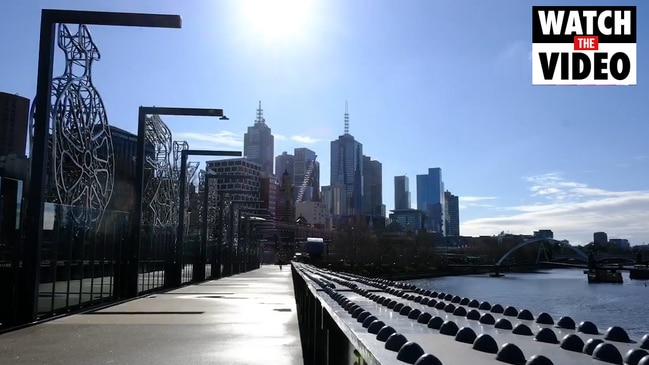
Coronavirus
Don't miss out on the headlines from Coronavirus. Followed categories will be added to My News.
Victoria’s potential path out of lockdown has been revealed for the first time as the state today recorded its lowest daily increase in more than five weeks.
Chief Health Officer Brett Sutton said today Victoria was now hoping to eliminate community transmissions, but warned the state was entering a challenging phase.
Community transmissions are counted when the source of the infection can’t be found.
New case numbers dropped below 200 for the first time since July 13 with 179 new cases since yesterday.
Nine Victorians died, with seven linked to aged care facilities, taking the state’s COVID-19 death toll to 385.
While Daniel Andrews warned it was too early to discuss lifting restrictions, Prof Sutton flagged 50 as a key number.
Prof Sutton said he was hopeful to see new case numbers drop below 50 and would be “very relaxed” if numbers dropped to single figures.
He also confirmed Victoria was chasing an elimination style strategy.
“Unlike the US — which is not heading to zero by any stretch of the imagination — we are looking to get to zero community transmission if it is at all feasible,” Prof sutton said.
“Certainly I’m just as pleased with the number with the “1” in front of it today,” he said.
“I do hope that we can see that continued trend. But I would sound a note of caution — we’re going into a challenging phase in the next couple of weeks.”
Prof Sutton said he wasn’t confident Victoria would see single figure increases because of challenges across specific outbreaks including within the aged care setting.
But he said Victoria was trending well but stopped short of flagging an easing of restrictions.
“If we’re going in the right direction, then the likelihood of needing stronger restrictions becomes less and less,” he said.
“In terms of coming out early — again, we just watch the numbers week by week.”
The Premier said it was far too early to discuss a lockdown exit strategy.
“It is just way too early for us to talk about what easing will look like, or even to be definitive about when that will be,” he said.
“That’s not designed to, in any way, dispirit people or take away a sense of hope.
“We can be hopeful about these numbers. We can be positive about these numbers. But that can’t be accompanied by any sense of complacency.”
There were 626 Victorians in hospital with 40 in intensive care and 25 of those on a ventilator.
Of the state’s 4421 active cases, 1,732 were in aged care settings and 668 were healthcare workers.
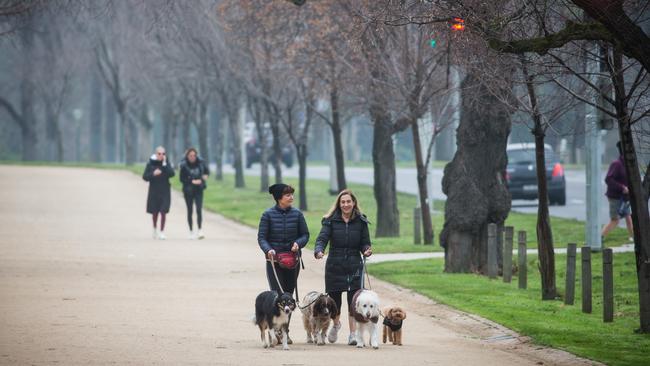
WHAT WILL LIFE LOOK LIKE AFTER STAGE FOUR?
Schools and outdoor exercise could be at the top of Victoria’s “reopen” list if case numbers continue to track down.
Experts are cautiously optimistic that the state is heading in the right direction, but warn there is still a part for all to play to get life back to anything like normal.
With the halfway point of Melbourne’s stage four lockdown looming on Sunday, four experts — Deakin University chair of epidemiology Catherine Bennett; Melbourne University population and global health professor John Mathews; Monash University professor of medicine Paul Komesaroff; and Australian National University doctor and expert in international public health emergencies Meru Sheel — have told the Herald Sun how they think our state is faring and what could be to come.
Are Victoria’s case numbers where they need to be halfway through the lockdown?
Catherine Bennett: We are seeing a strong downward trend in daily cases, a levelling out of hospitalisations and in active aged-care cases, and healthcare worker active cases. There are still active workplace and family outbreaks, but we can still be hopeful that we might see some daily reports within double figures in the next couple of weeks.
John Mathews: Yes, but of course that is a guess!
Paul Komesaroff: It is my understanding that the lockdown does not have a fixed end date and it is important for the community to recognise this. However, it does appear that the numbers have stabilised and are now declining. The rate of decline will depend on the overall effective reproduction number, although here is important to realise that there can be local outbreaks and pockets of infection that will continue to prolong the crisis.
Meru Sheel: Epidemiology is a lot about observing patterns and monitoring trends, particularly in high-risk populations, rather than focusing purely on numbers. Based on the epidemiological curve, it looks like the number of cases in Victoria are on the downward trajectory, which is positive news, and reflects that public health interventions might be having an impact and are worth the optimism.
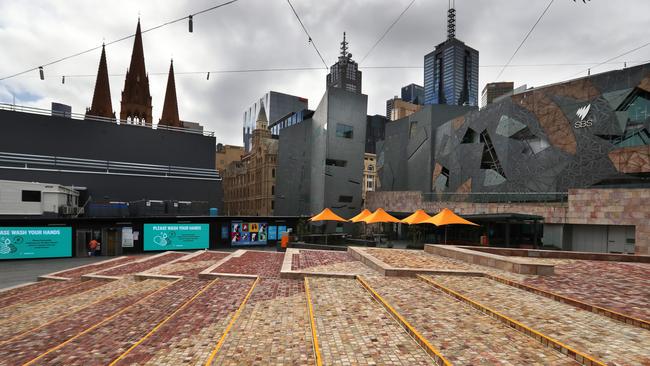
What numbers do we need to see in the week before September 13 for the government to consider easing restrictions?
CB: We know from NSW’s experience how difficult it is to shut down even low levels of community transmissions. Ideally, Victoria could start to relax restrictions when we see daily case numbers from routine testing below 20 — those cases that are not part of a known clusters or close-contacts of confirmed cases.
JM: My rule of thumb is that Victoria needs to get down to the current levels in NSW.
PK: The numbers are just one factor among many. If there were a small number of new cases and their origins could be traced and contacts isolated, this would greatly speed up the easing of restrictions.
MS: It’s not about absolute numbers, but about being confident about the transmission status — it is about being able to demonstrate that there is limited to no ongoing transmission, it is about the system’s ability to effectively contact-trace, “close a cluster” and ensure that any new cases can and are linked back to a source (that new cases with an unknown source are as few as possible). It is being able to ensure that the healthcare system is well established to take another surge if the numbers went up.
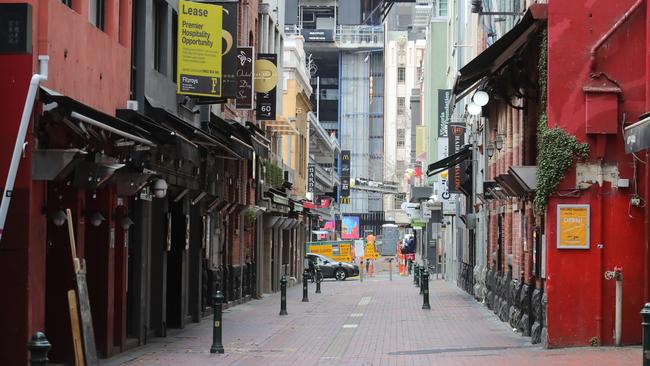
Do you think restrictions will be eased after September 13?
CB: We might see some restrictions lifted by mid-September if we keep tracking as we are, possibly returning to a modified version of Stage 3 in Melbourne, with some restrictions lifted across regional Victoria.
JM: Partially.
PK: It is quite likely that we will be able to go back to stage 3 soon after that time. However, the government has to take great care because once we move away from stage four, it will be difficult or impossible to go back. I would think that most members of the community would prefer a slightly longer lockdown that substantially solved the current problem than a risky early easing of restrictions that could lead to a resurgence of cases. The community should, however, recognise that, at least until a vaccine becomes available, we are likely to be living under some restrictions, which could be stage 2 or 3. It is likely that limits on both indoor and outdoor gatherings will continue, along with restrictions on the numbers of people who can attend restaurants, theatres etc. This will continue to have a profound influence on the way we live, possibly for years to come.
MS: It will depend on community transmission of COVID-19 and being able to demonstrate that the reproductive number is less than 1 (outbreaks occur when the reproductive number is greater than 1). When restrictions are lifted and there is increased movement, there is a risk that each active case can give rise to new cases, and we can be back to where we were very rapidly in terms of numbers. We all have a role to play in this.
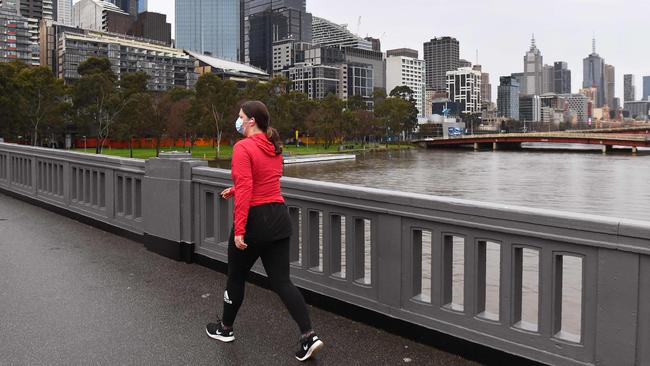
What restrictions could be eased first?
CB: Looking at the data closely for recent cases will tell the health department where our greatest transmission risks are, and this will guide decisions about where we can safely ease restrictions. Some of the more rigid restrictions might be on the table, like the curfew, time limits on exercise, or jobs where work from home is not possible.
PK: Limits on the duration of exercise and the ability to drive out of the city may eased sooner than other restrictions. It is likely that many people will be keen to continue working from home, at least for part of the time. This may mean that it will be easier to open offices in settings where only a proportion of the staff attends at any one time.
JM: I think that the government should consult with members of the public, as well as with the experts, to decide which lockdown measures should first be relaxed.
MS: Things that are considered essential and have low risk of transmission are likely to open up first, for example outdoor physically-distanced exercise might be one of those, or workplaces that can’t work remotely. Places like nightclubs may not appear on the list for a while. We want to avoid the three Cs – crowded places, close-contact settings and confined spaces.
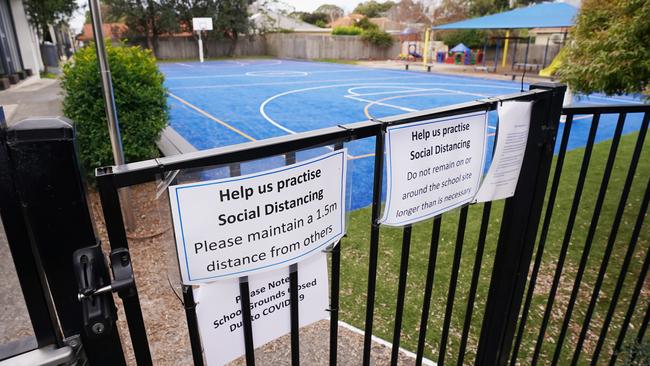
If case numbers keep falling, when could Victorian students go back to school?
CB: A return to school might be possible after the September holidays. Schools are quite safe whilst community transmission levels remain low, so if we are at that point, then getting back into the classroom may well be a reality.
PK: This is a controversial question I would not comment on.
JM: I would personally favour an early return to school – late September for at least some schools and classes, but the government needs to work with teachers, as well as parents to find the best balance.
MS: From what we are seeing globally, schools are a safe environment and are unarguably an important part of children’s development and wellbeing. It’s not about the numbers, but about patterns of transmission — who is spreading the disease to whom and what is the mode of transmission? It appears that children don’t get severe illness, but depending on the age group, disease severity and children’s ability to transmit may vary. However, if there is none to limited community transmission, then the reopening of schools can be reassessed to evaluate the risk versus benefit of having schools resume for face-to-face learning.
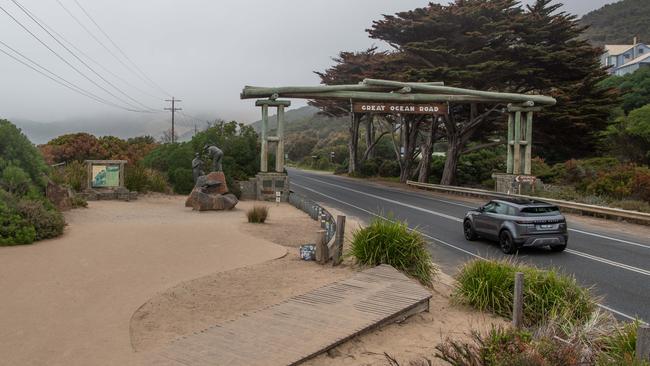
What is the likelihood of Victorians being able to holiday within the state during the September school holidays?
CB: If Melbourne continues doing well and can ease back to stage three style restrictions, then some more movement might be possible. It will still need to be controlled if regional Victoria has eliminated local transmission, but people spending time at their own holiday home, or day trips, might be possible.
PK: I think that there is a reasonable chance of this, but it is not a certainty.
JM: Would be difficult without a continuing commitment to social distancing, especially by those who would be going on holiday.
MS: If there is ongoing community transmission, then it is unlikely that people will want to go on holidays even within the state. Most parts of Victoria are now seeing cases, and have ongoing transmission. Understandably, people in Victoria, all over the country and all over the world are fatigued and want a break and change of scenery. But while the virus is around we are all going to have play a part, do risk assessments and minimise the risk to ourselves, our loved ones and to the wider community.
What is the likelihood of being able to travel interstate over the Christmas holidays?
CB: If we can keep community transmission very low, so no new outbreaks occur, then I am sure discussions on borders will heat up. States will decide how they weigh up a very low risk of importing the coronavirus against the advantages of free movement and tourism on their own economies.
PK: I would be very hopeful that interstate travel will be restored by Christmas.
JM: I doubt whether this will be possible.
MS: This is a crystal-ball question – it will depend on if transmission of COVID-19 in Australia is suppressed by Christmas and if domestic borders will reopen. It is difficult to predict what will happen, because as long as this coronavirus continues to circulate in any part of the world, we will need to remain vigilant.
MORE NEWS
CBD HOTEL TO BE QUARANTINE CENTRE, THOUSANDS OF MYSTERY CASES
LEGAL ACTION AFTER ‘NASTY, GRIM’ ST BASIL’S STORIES
